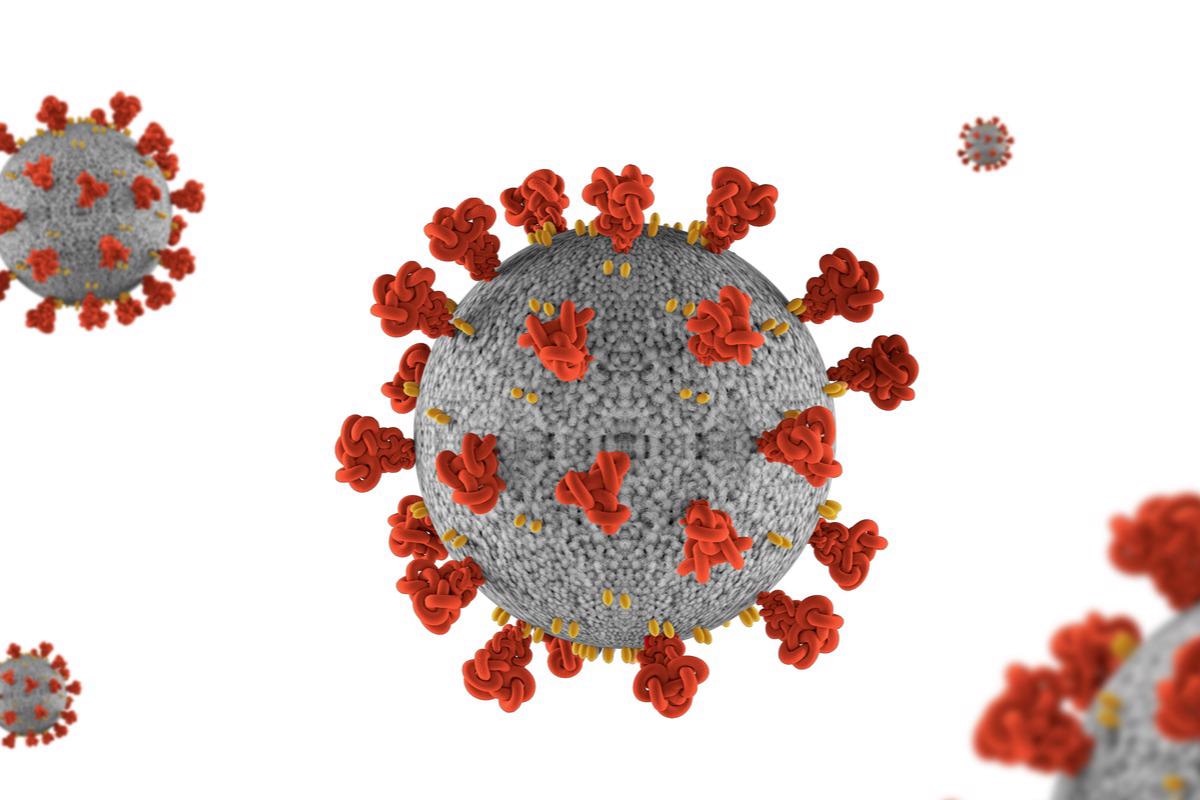A recent article published in Cold Spring Harbor Perspectives in Medicine has demonstrated the evolutionary process and biology of severe acute respiratory syndrome coronavirus 2 (SARS-CoV-2), the causative pathogen of the coronavirus disease 2019 (COVID-19) pandemic.
 Study: The Evolution and Biology of SARS-CoV-2 Variants. Image Credit: GEMINI PRO STUDIO/Shutterstock
Study: The Evolution and Biology of SARS-CoV-2 Variants. Image Credit: GEMINI PRO STUDIO/Shutterstock
Background
SARS-CoV-2, an enveloped, single-stranded, positive-sense RNA virus, was identified for the first time in China’s Wuhan city in December 2019. Later on, the viral emergence was linked to the Huanan Seafood Market in Wuhan, leading to the closure of the market in January 2020. The first genome sequencing data of the original Wuhan strain was released on January 10, 2020. Given the sharp rise in cases worldwide, the World Health Organization (WHO) declared the SARS-CoV-2 outbreak a pandemic on March 11, 2020.
The alpha variant of SARS-CoV-2 (first detected in the UK in December 2020) was the first identified variant of concern (VOC), followed by beta (South Africa; December 2020), gamma (Brazil; January 2021), delta (India; May 2021), and omicron (South Africa; November 2021) variants.
SARS-CoV-2 is one of the deadly members of the human beta-coronavirus family. Other members are severe acute respiratory syndrome coronavirus (SARS-CoV) and Middle East respiratory syndrome coronavirus (MERS-CoV). The phylogenetic analysis demonstrates that SARS-CoV and SARS-CoV-2 emerge from divergent SARS-related coronavirus lineages. SARS-related coronaviruses, belonging to the subgenus Sarbecovirus and genus Betacoronavirus, are found in animals, including horseshoe bats, pangolins, and civets.
The spike glycoprotein on the SARS-CoV-2 surface plays an essential role in viral entry. The protein has two subunits, S1 and S2. The receptor-binding domain (RBD) in the S1 subunit binds to host cell receptor angiotensin-converting enzyme 2 (ACE2) to initiate the viral entry process. The furin cleavage site present at the S1/S2 junction plays a vital role in viral entry.
Evolution of SARS-CoV-2
The viral evolution is primarily driven by mutations that facilitate viruses to escape pre-existing host immunity, as well as to adapt to new hosts. The mutations that appeared in the SARS-CoV-2 genome during evolution have repeatedly increased its transmissibility and immune evasion ability.
In SARS-CoV-2, the majority of mutations have appeared in the spike protein. The ability of the spike protein to accumulate a large number of mutations may be attributed to its plasticity that comes from relaxed structural constraints.
The D614G amino acid substitution in the spike protein is the first mutation that significantly increased SARS-CoV-2 transmissibility. This is followed by the N439K mutation in the spike receptor-binding motif (RBM), which also increased transmissibility, immune evasion ability, and replication fitness of SARS-CoV-2.
In 2020, the virus has evolved relatively slowly compared to other respiratory viruses. The alpha VOC, first identified in the UK in December 2020, has exhibited several mutations in the spike protein, which are believed to be resulting from chronic infections in immunocompromised patients. All subsequent VOCs (beta, gamma, delta, and omicron) have exhibited high numbers of mutations, with the omicron variant showing the highest number of spike mutations compared to previous VOCs. These VOCs have evolved in countries with high infection rates, indicating the role of pre-existing host immunity as a positive selection pressure for viral evolution.
Causative factors of viral evolution
The replication of SARS-CoV-2 is driven by an RNA-dependent RNA polymerase and an additional error-correcting enzyme. This error-correcting enzyme is responsible for its high replication accuracy compared to other respiratory viruses. Although it is unclear whether SARS-CoV-2 is undergoing an episodic evolution or incremental evolution, it is generally considered that chronic infections in immunocompromised patients are the main drivers of incremental SARS-CoV-2 evolution, which becomes episodic once a novel variant emerges.
Besides chronic infection, chains of infections in areas with high infection rates could be another potent driver of SARS-CoV-2 evolution. It is possible that both drivers are collectively working to generate divergent sub-lineages. One example could be community transmission involving several immunocompromised patients.
Genetic recombination between divergent variants has been observed during SARS-CoV-2 evolution. However, these recombinant variants mostly exhibit a lower community transmission rate compared to novel variants with new escape mutations. These mutations act as adaptive evolution forces to significantly increase vital transmissibility, immune fitness, and pathogenicity.
Impacts of SARS-CoV-2 evolution
The majority of SARS-CoV-2 variants that emerged before omicron have exhibited increased transmissibility. The omicron variant is the first VOC characterized by both transmission fitness and antigenic shift, leading to significantly improved immune fitness.
An increased binding affinity for host ACE2 is considered to be the primary reason for increased transmissibility. However, increased viral load in the respiratory tract due to improved replication fitness and immune escape could also play a potential role.
A significant drop in pathogenicity has been observed for the most recently emerged omicron variant. This could be due to a reduction in intrinsic virulence of the variant together with induction in population-level adaptive immunity through infection or vaccination.
Regarding the immune response to SARS-CoV-2 infection, studies have shown that the viral variants are unlikely to escape memory T cell responses in individuals with pre-existing immunity against SARS-CoV-2. However, most of the variants, including omicron, have shown high efficacy in escaping antibody-mediated neutralization.